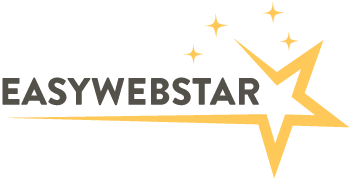When it comes to choosing a vehicle that can seamlessly transition between professional responsibilities and recreational activities, a dual-use truck is an excellent choice. Combining ruggedness with comfort, dual-use trucks offer a versatile solution for those who need a reliable work vehicle but also want to enjoy outdoor adventures and family trips. Here are the key advantages of owning a dual-use truck for both work and play.
Versatility & Utility
One of the most significant benefits of a dual-use truck is its versatility. Whether it’s a new Jeep, Dodge, Chrysler, Ram for sale, these trucks are designed to handle a wide range of tasks, from hauling heavy loads and towing equipment to transporting family and recreational gear. With powerful engines and robust towing capacities, dual-use trucks can easily manage work-related duties, such as hauling construction materials or heavy machinery. At the same time, they provide plenty of space and features for leisure activities, making them perfect for weekend getaways, camping trips or simple family outings.
Comfort & Convenience
Modern dual-use trucks are equipped with comfortable interiors that rival those of many SUVs. Manufacturers understand that these vehicles are used for more than just work, so they include features such as plush seating, advanced climate control and high-quality infotainment systems. Spacious cabins with good legroom and storage compartments provide passengers with a pleasant experience, whether on a long road trip or a short drive to the worksite.
Advanced Safety Features
Safety is a top priority for any vehicle and dual-use trucks are no exception. Many of these trucks come equipped with advanced safety technologies designed to protect both drivers and passengers. Features like adaptive cruise control, lane departure warning, blind-spot monitoring and automatic emergency braking provide an added layer of security, making these trucks safe for family use as well as for demanding work environments.
Off-Road Capabilities
For those who enjoy off-road adventures, dual-use trucks offer impressive off-road capabilities. With features like four-wheel drive, high ground clearance and specialized off-road packages, these trucks can tackle rough terrains with ease. Whether you’re exploring backcountry trails, navigating muddy construction sites or seeking adventure, a dual-use truck is equipped to handle it all.
Increased Productivity
Owning a dual-use truck can also improve productivity, especially for those who use their vehicle for work. The ability to transport tools, equipment and supplies directly to the job site saves time and effort, allowing you to focus on the task at hand. Many dual-use trucks come with features designed to support work activities, such as integrated toolboxes, bed liners and tie-down points, ensuring that you have everything you need for a productive day.
Financial Benefits
Investing in a dual-use truck can offer financial benefits in the long run. By combining work and recreational functions into one vehicle, you eliminate the need to buy and maintain multiple vehicles. This can lead to big cost savings on insurance, registration and maintenance. Additionally, dual-use trucks often have higher resale values compared to standard cars or SUVs, making them a smart financial investment.
A Practical Choice
Owning a dual-use truck for work and play offers several advantages, making it a versatile and practical choice for many individuals and families. By investing in a dual-use truck, you can enjoy the best of both worlds, improving your productivity at work while making the most of your leisure time. Whether you need a reliable workhorse or a capable adventure companion, a dual-use truck is an excellent choice that delivers on all fronts.







